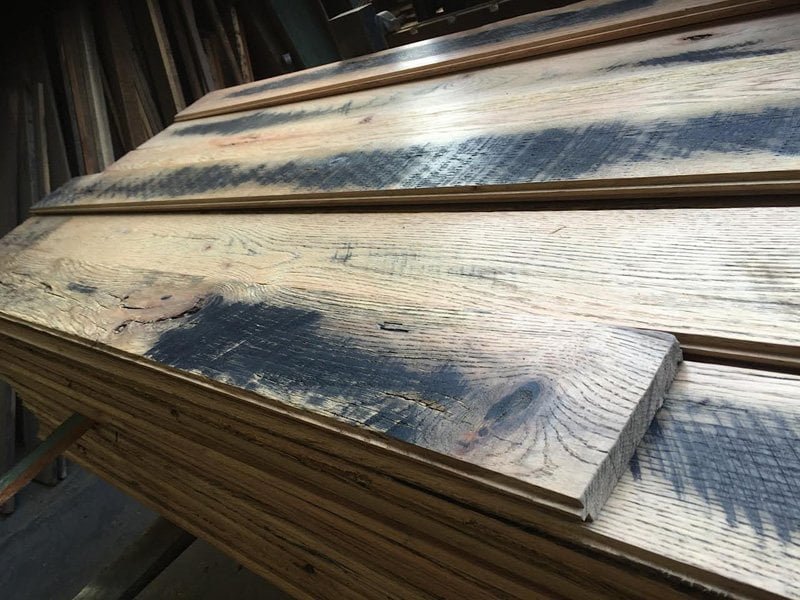The history embedded in reclaimed wood materials
Reclaimed wood tells a story that spans decades, often centuries, reflecting the timeless beauty and rich history of its origins. Once a vital component of barns, factories, and warehouses, these pieces of timber have witnessed and contributed to narratives of industry and agriculture. The rich patina and distinctive imperfections of reclaimed wood, such as nail holes, knots, and weathered textures, offer a glimpse into a bygone era, adding depth and character to contemporary home interiors. Each plank is unique, offering not just a fashionable choice in flooring, but a connection to history, bringing old-world charm into modern spaces.
Identifying genuine reclaimed wood for sustainable sourcing
The surge in popularity of rustic décor has led to an increased demand for authentic reclaimed wood. To ensure sustainable sourcing, it is crucial to identify genuine reclaimed materials. Ethical sources often come from previously used structures, which not only preserves historical material but prevents unnecessary deforestation. Look for suppliers who provide verification of the wood’s provenance. Thorough inspection is key, as it differentiates truly aged, reclaimed timber from artificially distressed modern wood, thus enhancing the narrative and sustainability quotient of your floorboards.
Step-by-step: transforming reclaimed wood into floorboards
The journey of reclaimed wood from barns to beautiful floorboards begins with careful selection and deconstruction. Each beam or plank is meticulously removed from its original structure, often followed by a cleaning and drying process to prepare it for new life. This involves milling the wood to standard dimensions, while preserving its intrinsic charm. Modern treatments may include planing and kiln drying, ensuring stability and safety for domestic use. Finally, the wood is finished and treated to bring out its natural character, while providing adequate protection for use as flooring.
Pairing reclaimed wood's charm with contemporary aesthetics
Integrating reclaimed wood floorboards into modern interiors requires a balance between rustic allure and contemporary design. The warm, earthy tones of aged timber can enhance minimalist décor, providing visual warmth and texture against sleek, modern lines. Alternatively, pairing reclaimed wood with other natural elements like stone or metal can create an eclectic yet harmonious blend. The adaptability of reclaimed wood makes it a versatile choice, suitable for both traditional and avant-garde layouts, wrapping spaces in a comforting and unique aesthetic.
Environmentally friendly impacts of choosing reclaimed wood
Opting for reclaimed wood contributes significantly to environmental sustainability. By reusing existing wood, we reduce the demand for new lumber, thus protecting forests and promoting biodiversity. This practice helps to curb waste, as it repurposes materials that might otherwise end up in landfills. Additionally, the energy consumption involved in processing reclaimed wood is typically lower than producing new materials, shrinking the carbon footprint associated with flooring. Choosing reclaimed wood not only imbues your home with rustic elegance but also supports a conscientious lifestyle aligned with preserving the planet for future generations.
